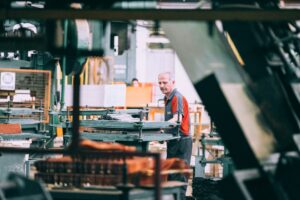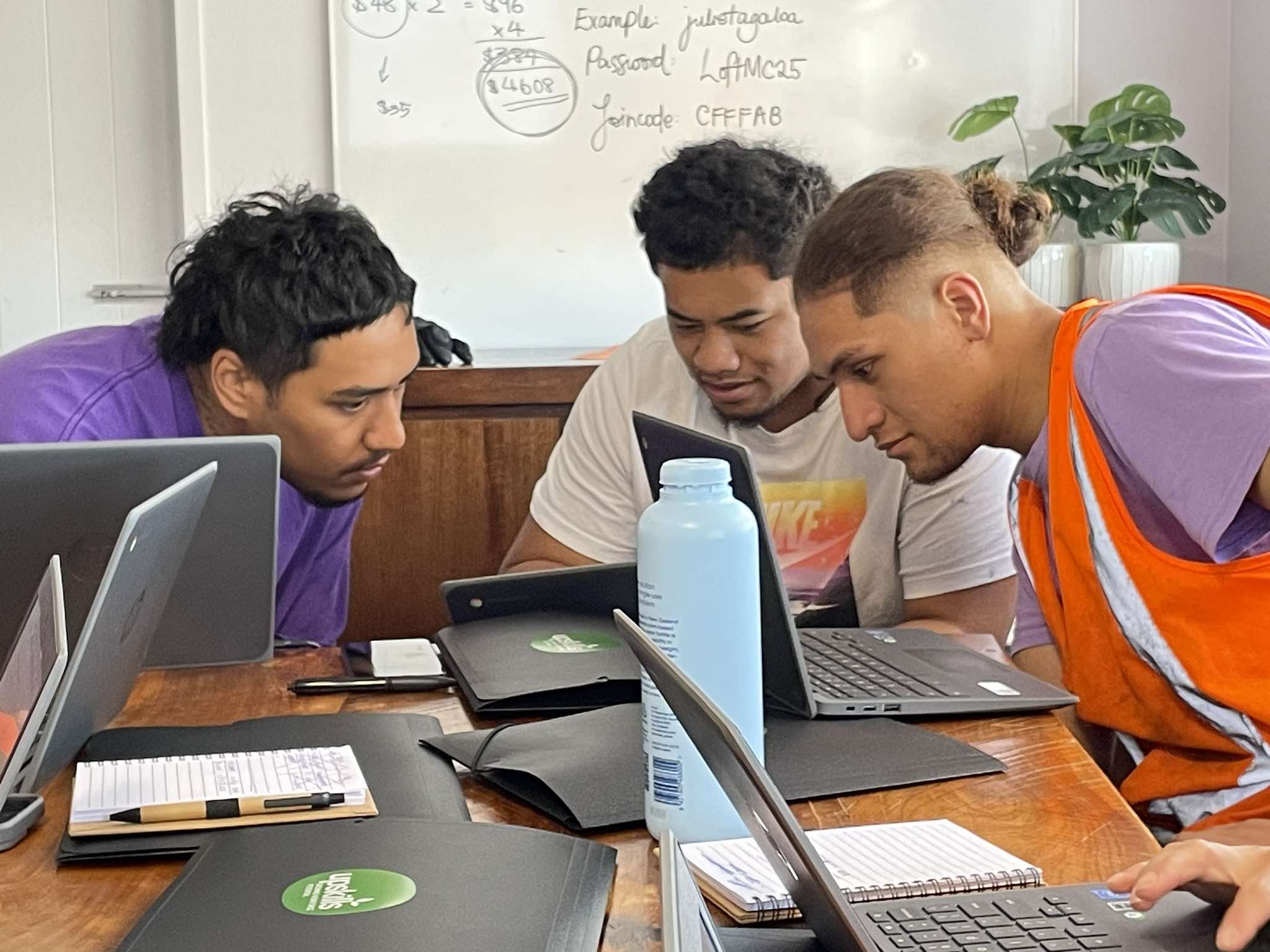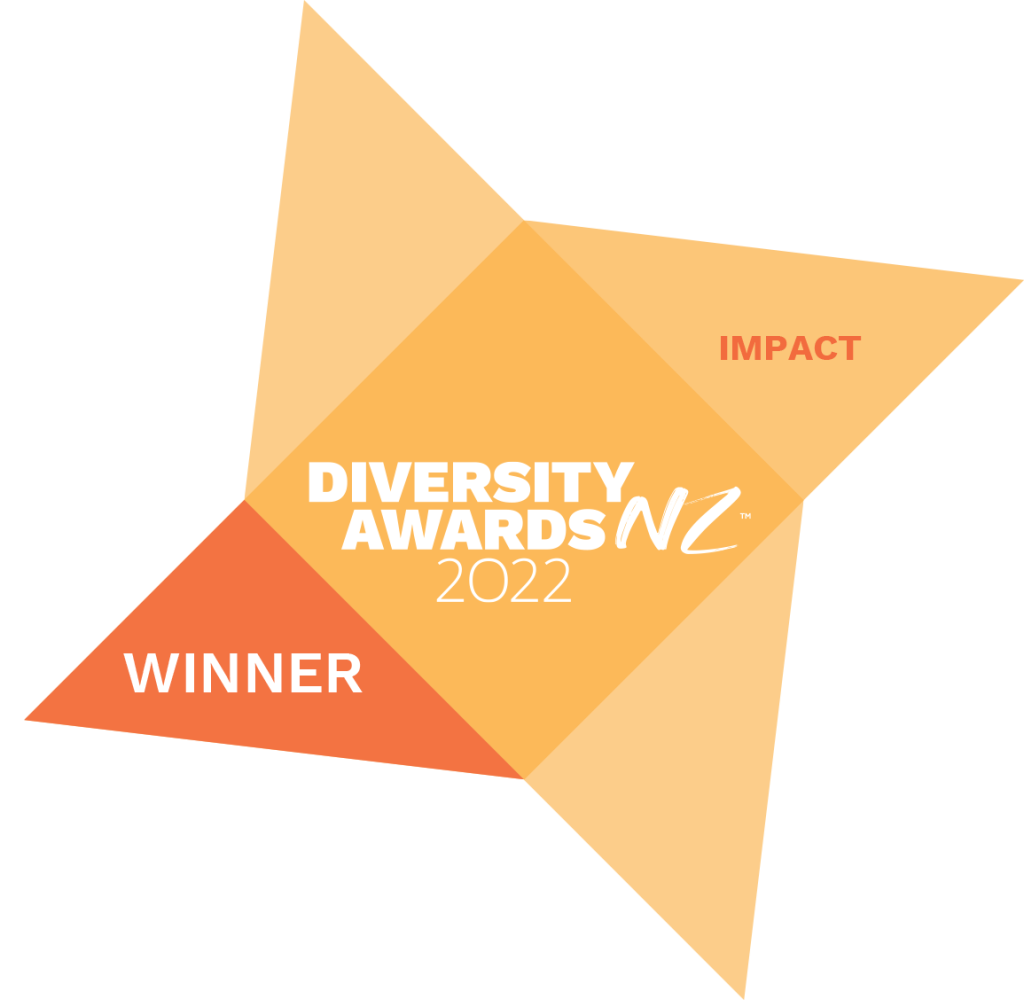It’s probably no surprise to anyone that New Zealand’s health and safety performance is still a shocker. And the latest report from the Business Leaders Health and Safety Forum doesn’t sugarcoat our poor results.

- It’s costing the country billions of dollars. 4 billion, in 2024 to be exact.
- Our fatality rate is where Australia was 16 years ago. And where the UK was 40 years ago.
This report is urgent reading for any business who wants to make a real difference in workplace health and safety.
Here are some of the key statistics from the latest report to set the scene.
- The most injury prevalent industries remain forestry, fishing, manufacturing and logistics – this is consistent with previous data.
- There is a greater prevalence of injury amongst Māori and Pacific Island ethnicities, because of the concentration of these cultures in the above industries.
Work as imagined, work as done
The report emphasises the importance of leaders understanding ‘work as done’ versus ‘work as imagined’ and how cultural responsivity needs to underpin this approach. ‘Work as Imagined’ is a health and safety term which refers to how managers and regulators think the work should happen. You find it in procedures, standard operating procedures, training manuals, etc. ‘Work as Done’ is how mahi actually happens in the real world, under real conditions, operational pressures and constraints. Imagine a production deadline is tight, and how a machine operator might ‘improvise’ or take a shortcut under this type of operational pressure. A quote from one of the Forum’s members brings this opportunity for shared understanding into sharp focus: “We’ve got to close the gap between work as imagined and work as done. That’s where safety and productivity are won or lost.”
Culture
So why does cultural responsiveness matter here? Because cultural norms are strong when it comes to perceived power, authority, speaking up and notions of respect – leaders at all levels of business require the cultural context to navigate these elements to get to the heart of what frontline staff think and feel. This is the key to unlocking and understanding ‘work as done’ and then, using true co-design principles to move the dial on safety practices.
Health and safety and productivity go hand in hand
There’s a win-win for health and safety and productivity. The report notes the common misconception that: “Many people believe that safety and operational performance are zero sum, i.e. I can be safe or productive but not both.”
The research tells us the opposite is true: since 2025, 50% of New Zealand’s business innovation practices have been motivated by health and safety. Improving health and safety and operational performance are fundamentally linked – 25% of OECD countries have better productivity than New Zealand – and 80% of those countries have a lower fatality rate per 100,000 employees than our country.
What can we do about it?
Our take from a learning and training point of view:
- Embrace codesign of work practices following shared, real understanding of ‘work as done’
- Embed two way communication and psychological safety practices into the day to day operations. Arm front line leaders with the right type of open ended questions and a curiosity when it comes to ‘errors’ that embrace a learning rather than a blame mindset
- Equip all staff with the fundamentals of health and safety communication. Where English is an additional language, create extra guidance and training support to ensure key messages have truly been understood. It’s not enough to say ‘we trained them’ if they didn’t understand the input.
- Track progress and the effectiveness of training initiatives.
- Communicate safety as an operational priority. Make this priority visible through all levels of the business.
- Train and refresh health and safety practices in real scenarios to build confidence making health and safety decisions under pressure. Comments from the report indicate that when incidents occur, staff will often say “I was trying to do the right thing.” Unpacking scenarios, discussing, and engaging critical thinking in a training environment can support your team when it comes to making the right real time decision.
- Ensure staff really understand all the graphs and slides at monthly staff meetings to genuinely engage them in the team effort of building a safe workplace.
Learning and development is just one part of the health and safety puzzle, but one that can drive powerful and positive change. Based on some of the recommendations, we’ve put together a few scenarios for you to use with your team as discussion points at meetings, or as part of a warm up to your next health and safety hui. Let us know if they spark valuable conversations.
Read more






